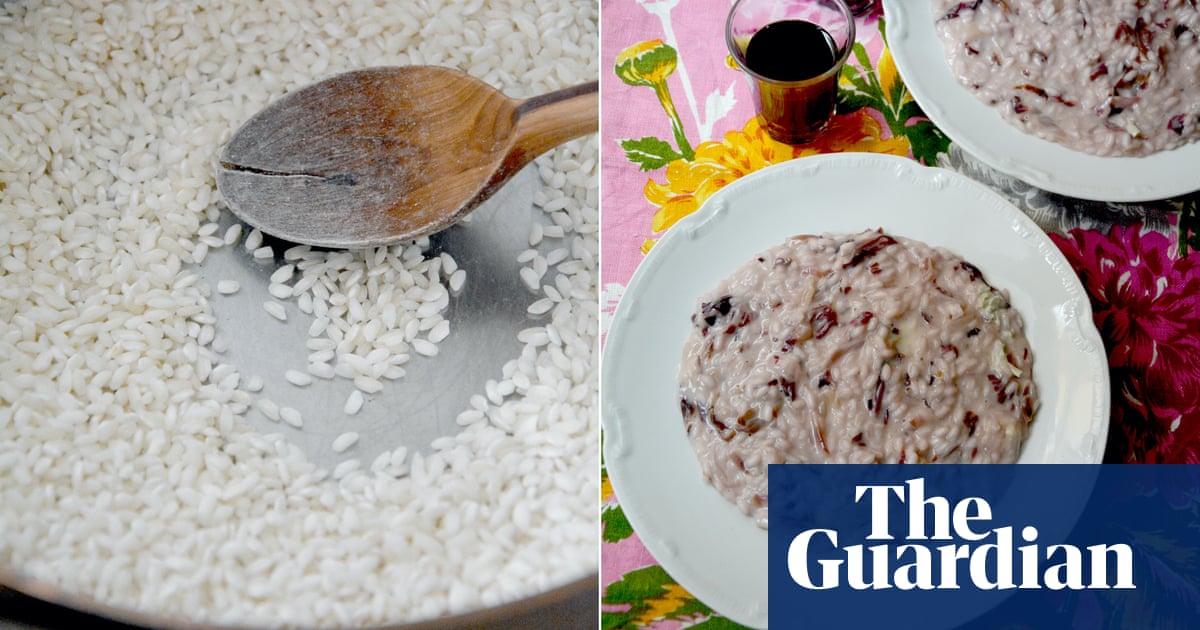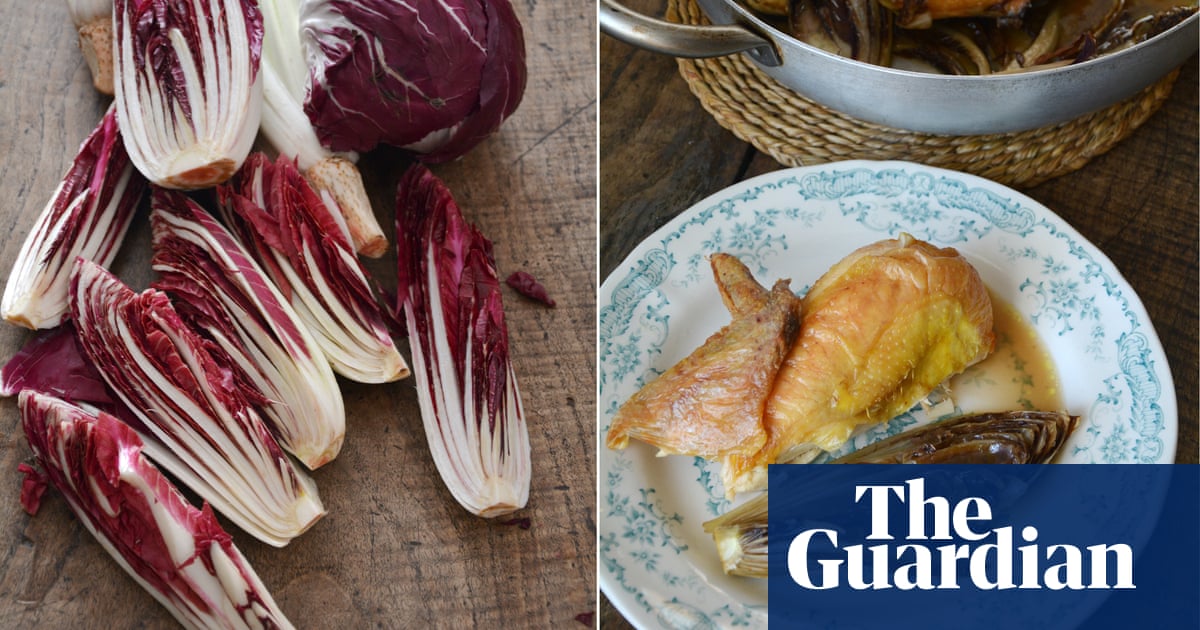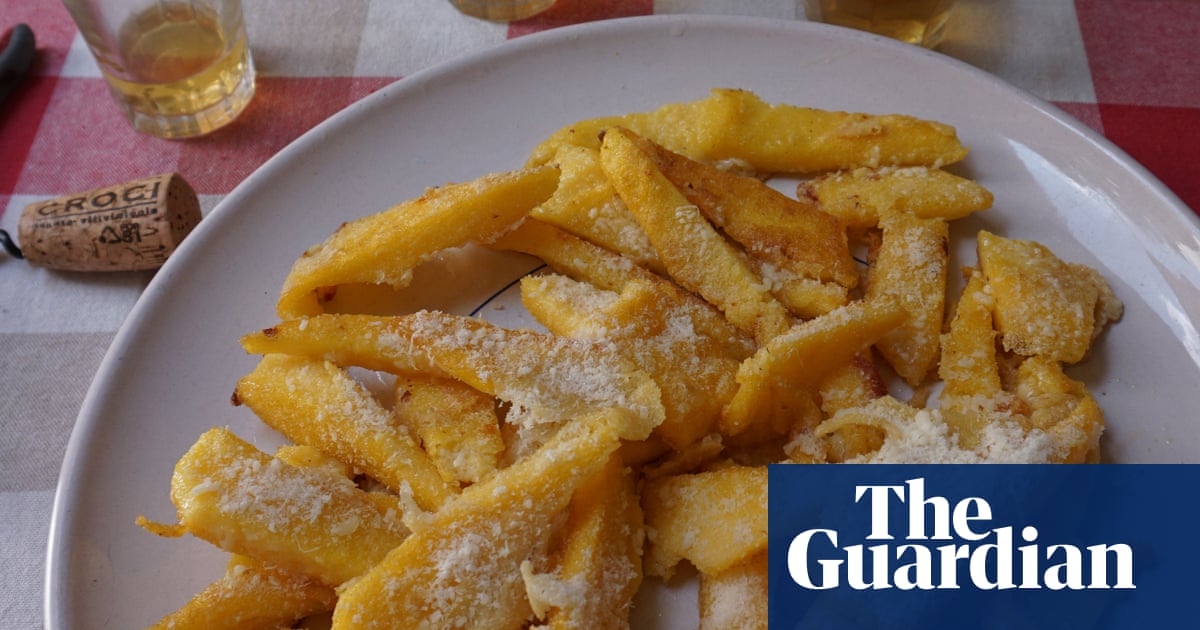
Now that the trattoria in the corner of our building is back working almost as it should, so is the smell of cabbage and other sulphurous vegetables. Back and hanging around the courtyard. I’m so happy for this smelly sign that there is momentum again, that things are working at almost full tilt for locals, and visitors returning to Rome like colour to cheeks. Then, in our stairwell, between 10am and noon, the smell of momentum meets the smell of roast chicken from the canteen-like tavola calda below our flat. Wonderful! Also demanding, and even though they are two of my favourite things, I don’t think I’ve ever wanted to eat roast chicken and cooked cabbage after meeting them, like a difficult neighbour, on the stairs.
The feeling never lasts long. Roast chicken with wedges of cabbage, boiled or steamed until just tender, its ribs fleshy, shiny with enough butter to hold specks of black pepper, is too good a thing. Just cabbage is a good thing, too, especially since rediscovering Sally Grainger’s Cooking Apicius. This slim green book, published by Prospect, is a selection of recipes adapted by her from an ancient Roman cookery book called Apicio, which makes great use of cabbage, and of which the Romans were fanatically fond as both food and medicine. A favourite of her recipes is spring cabbage with cumin, for which you pan fry shredded cabbage, sprinkle with cumin and a splash of wine, then serve with fish sauce, steamed leeks and coriander. This recipe, like all the rest, serves as an ideal introduction to the ancient Roman flavours, a combination of elements from all over the globe used in varying proportions, depending on dish: olive oil, garum (fish sauce), old wine, sweet wine and sour grape verjuice, date syrup, honey, grape syrup, cumin, coriander, savory, rue, bay, pine nuts, asafoetida …
Then Sally led me back to Apicio, or rather the translation, which has seven recipes for cabbage, which Romans considered a miracle food, surpassing all other vegetables because it contains all the virtues of heat, cold, moisture, dryness, sweetness, bitterness and sourness. There are long treatises written by great minds on this, but here is the best bit, I think: “If you wish to drink deep at a banquet and to enjoy your dinner, eat as much raw cabbage as you wish, seasoned with vinegar, before dinner, and likewise after dinner eat some half a dozen leaves; it will make you feel as if you had not dined, and you can drink as much as you please.”
Alternatively, you could make this salad for your Monday night banquet, inspired by an Apicio recipe and also the Roman idea of putting grapes in salad, for pops of sweetness. The recipe is also a nod to the fermenter Sandor Katz, for the squeezing advice that not only seasons deeply, but also seems to soften the mustard notes. Also, my friend Alice, who I watched shred cabbage very finely one day a few months ago – three or four times finer than I had ever cut it, and I realised where I had been going wrong with my cabbage salad.
Of course, the recipe is endlessly variable. I have in my head Massimo Montanari’s reminder that that word recipe comes from the Latin recipio: I take (from here, from there, what I need) and compose. Use what you have and what you like; just don’t forget to squeeze.
Cabbage, radicchio, grape and goat’s cheese salad
Serves 4
1 small head cabbage (smooth green or red, or savoy)
1 small head radicchio
Salt
The juice of ½ orange
4 tbsp olive oil
1 handful herbs (coriander or parsley, dill, fennel fronds, thyme), chopped
200g green or red grapes, halved and seeds scooped out
200g goat’s cheese, crumbled
1 handful pine nuts
Pull off and discard any tough or damaged outer leaves from the cabbage and radicchio, then quarter both heads and cut away the tough cores. Shred the cabbage and radicchio quarters very finely, and set the radicchio aside. Put the cabbage in a bowl, sprinkle with salt, squeeze over the orange juice and add the olive oil, then toss thoroughly with clean hands, squeezing and turning as you go. Add the radicchio, herbs, grapes, goat’s cheese and pine nuts, toss again gently, then serve.












